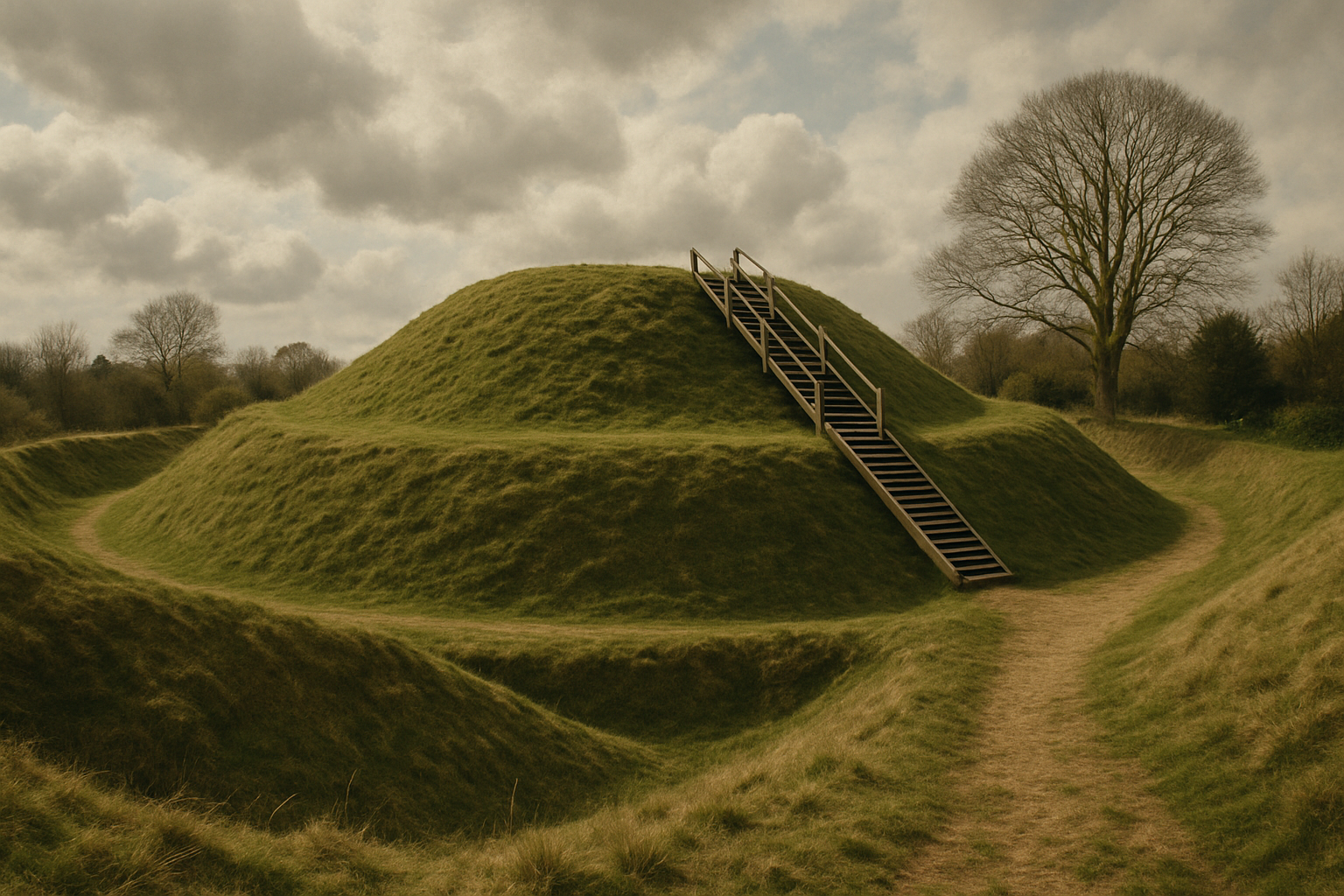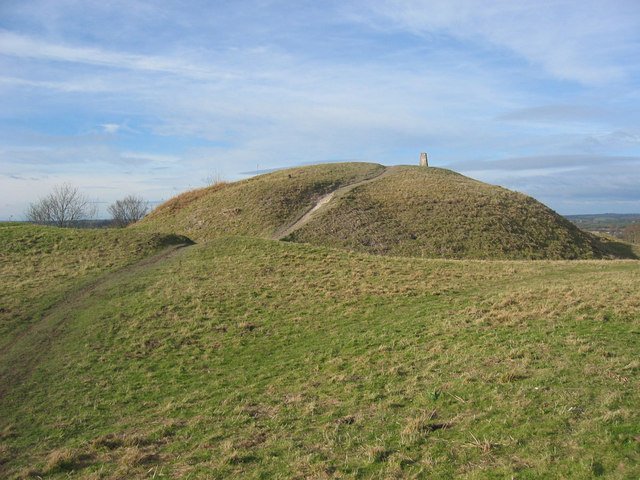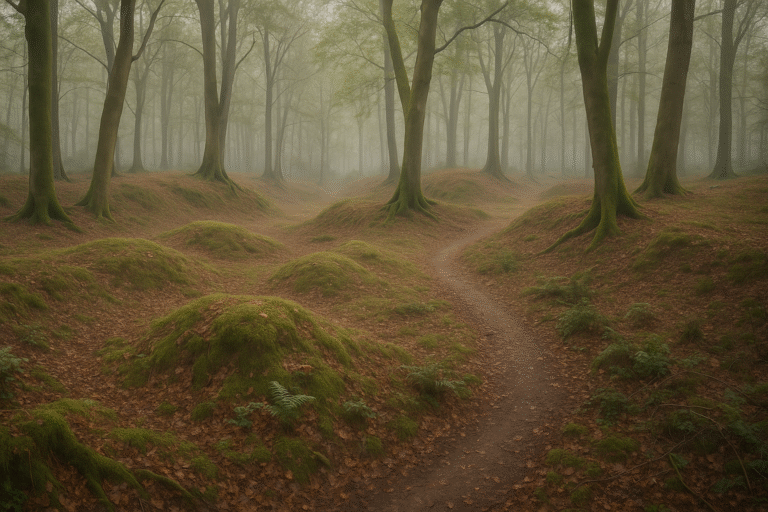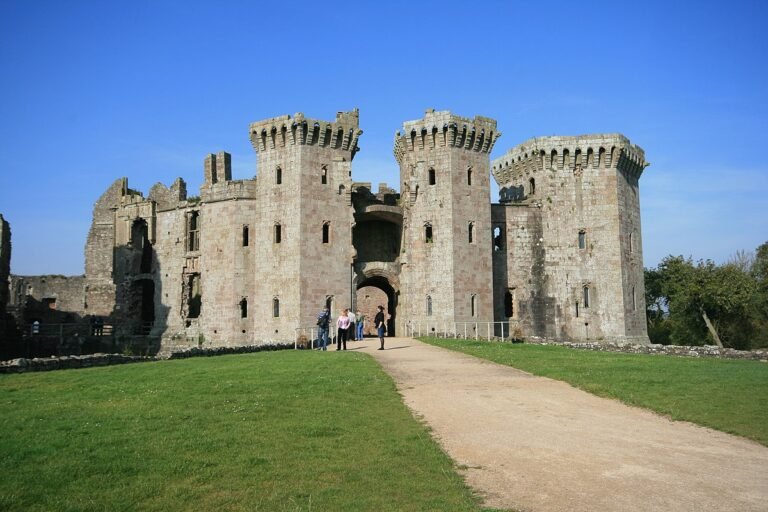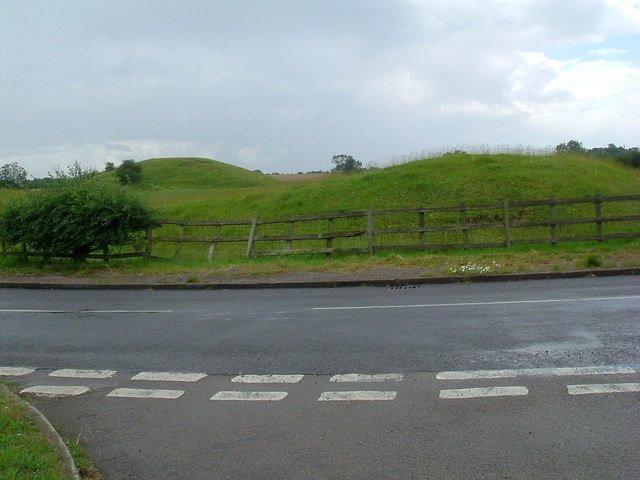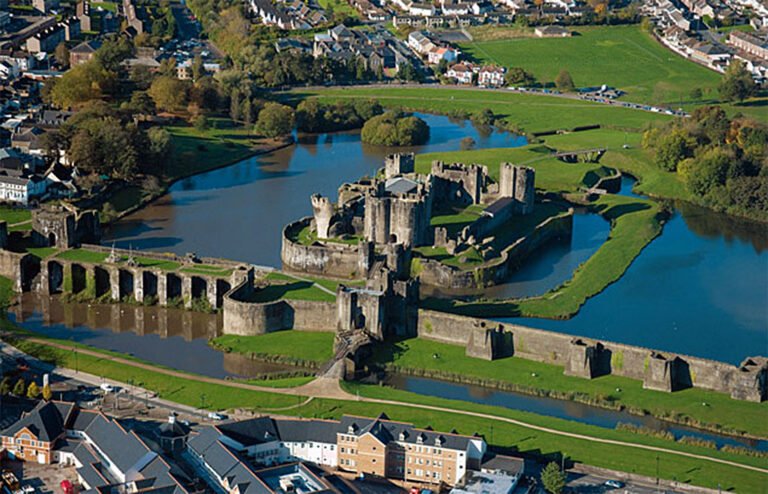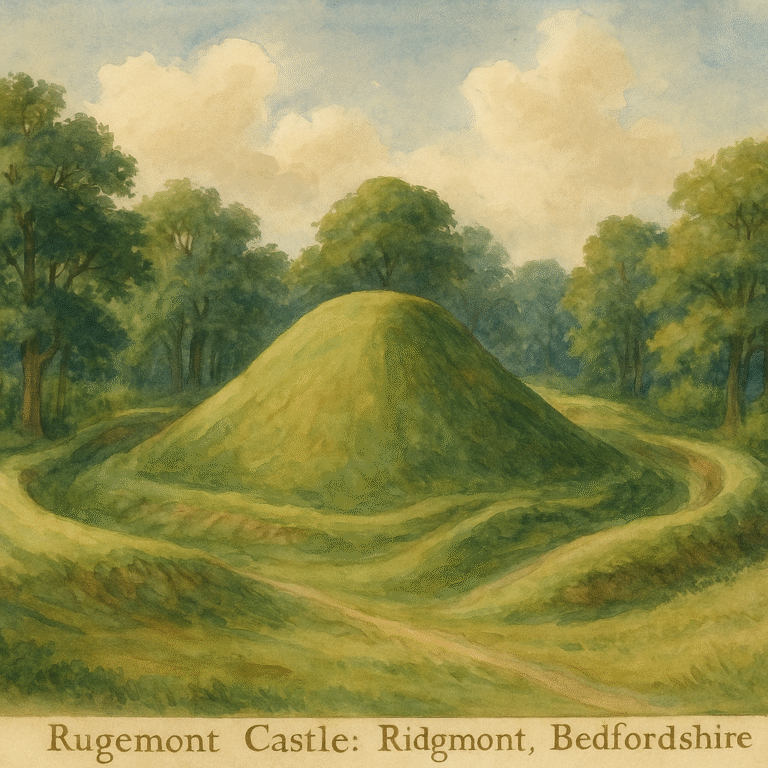Bedfordshire’s Best Earthwork Castles: A Journey Through Time and Turf
Bedfordshire’s Best Earthwork Castles: When we think of castles, it’s usually towering stone keeps and grand battlements that come to mind. But some of Britain’s oldest and most intriguing fortifications are made not of stone, but of soil. Bedfordshire, nestled in the East of England, is home to a remarkable collection of earthwork castles that predate many of the stone giants we know today. These subtle yet historically rich sites offer a fascinating window into early medieval life and conflict. Whether you’re a family with curious kids, a couple seeking quiet countryside walks, or a solo explorer with a love for hidden history, Bedfordshire’s earthwork castles promise an unexpectedly enriching day out.
Bedfordshire’s Best Earthwork Castles: Unearthing History – What Are Earthwork Castles?
Earthwork castles are the precursors to the stone castles we see across the UK. Typically built during the Norman conquest of England in the 11th and 12th centuries, these fortifications relied on strategic mounds (mottes) and surrounding ditches or baileys for defence. Many were temporary, made from timber, and later rebuilt in stone. Though their timber structures are long gone, the earthworks remain, often shrouded in quiet woodland or tucked into open farmland.
In Bedfordshire, the gentle landscape and rich soil made it ideal for constructing these early defences. Today, they stand as scheduled monuments, offering insights into feudal power, medieval warfare, and local governance.
Bedfordshire’s Best Earthwork Castles: Top Earthwork Castles to Explore in Bedfordshire
1. Totternhoe Castle
Located on the chalky ridge of the Chiltern Hills, Totternhoe Castle dates back to the late 11th century. It boasts a classic motte-and-bailey layout and offers commanding views over the Vale of Aylesbury.
- Highlights: Panoramic walking trails, interpretation boards, nearby Totternhoe Knolls nature reserve.
- Travel Tips: Accessible by car; parking available near Church End. Great for picnics and dog walks.
- For Families: A gentle climb and open space make it ideal for kids with an interest in knights and castles.
2. Yielden Castle (Yelden Castle)
Situated in the north of Bedfordshire, Yielden Castle is a well-preserved ringwork and bailey castle, once owned by the Trailly family. Its large circular earthworks are still impressive.
- Highlights: Remote and peaceful location; easy-to-read shape of the original fortification.
- Travel Tips: Best accessed by car; park in Yelden village and walk.
- Solo Tip: A perfect spot for quiet reflection or photography.
3. Clapham Castle (Clapham Camp)
Lesser-known but no less intriguing, Clapham Castle’s earthworks lie within woodland near Bedford. Its origins are debated—some believe it to be an Iron Age fort later reused in Norman times.
- Highlights: Woodland walks, spring bluebells, connection to Clapham Park Wood.
- Travel Tips: Combine with a visit to Bedford town or a riverside lunch.
- Couples: The secluded setting makes it a romantic off-the-beaten-path detour.
4. Risinghoe Castle
On the outskirts of Bedford, Risinghoe (or Goldington) Castle has been almost erased by modern development, but its mound remains a Scheduled Ancient Monument.
- Highlights: A glimpse into lost history and the transformation of rural to urban landscapes.
- Travel Tips: Short stop for castle hunters; combine with a walk along the River Great Ouse.
Travel and Practical Tips
Getting There
- By Car: Bedfordshire’s castles are most easily explored by car. Many are in rural or semi-rural locations with limited public transport.
- By Public Transport: Trains to Bedford, Luton, and Biggleswade offer connections, but further travel may require taxis or local buses.
Accessibility
- Most earthwork sites are free and open access, though paths can be uneven and muddy, especially in winter. Wear sturdy shoes.
- Not all sites are pram- or wheelchair-friendly, but Totternhoe and parts of Clapham Park Wood are manageable.
When to Visit
- Spring/Summer: Best for dry trails, long daylight hours, and countryside views.
- Autumn: Gorgeous foliage, quieter trails.
- Winter: Peaceful, but prepare for mud and cold winds.
Suggested Itineraries
1. 1-Day History and Nature Trail
Morning: Start at Totternhoe Castle, enjoy the climb and views (1.5 hrs).
Lunch: Pub lunch at The Old Farm Inn in Totternhoe.
Afternoon: Drive to Clapham Castle (45 min); explore Clapham Park Wood (1.5 hrs).
Evening: Dinner in Bedford or riverside stroll.
2. 2-Day North Beds Castle Circuit
Day 1:
- Visit Yielden Castle (1 hr)
- Explore nearby Harrold-Odell Country Park
- Stay overnight at a B&B in Sharnbrook or Kimbolton
Day 2:
- Visit Risinghoe Castle and the River Ouse trail (1 hr)
- Lunch in Bedford
- Optional visit to The Higgins Bedford for historical context
Where to Eat and Stay
Dining Options
- The Old Farm Inn, Totternhoe: Classic pub fare near Totternhoe Castle.
- The Bedford Arms, Oakley: Upscale pub dining near Clapham and Risinghoe.
- The Plough, Bolnhurst: A charming rural option near Yielden.
Accommodation
- Sharnbrook Hotel: Family-friendly with on-site parking.
- The Embankment, Bedford: A boutique hotel with river views, ideal for couples.
- Camping: Several sites around the Chilterns for budget and outdoor-loving travellers.
Seasonal Events and Experiences
- Spring: Wildflower walks around Clapham and Totternhoe.
- Summer: Heritage Open Days in September often include guided castle walks.
- Autumn: Join a local history society ramble or photography meet-up.
- Winter: Low visitor numbers make for atmospheric solo visits.
Earthworks and the Broader UK Castle Trail
Exploring Bedfordshire’s earthwork castles is a gateway to understanding early medieval Britain. These sites tie into the wider narrative of UK castle development—from timber motte-and-baileys to stone fortresses like Warwick Castle or Alnwick. They also invite broader themes of sustainable tourism, countryside preservation, and hidden history.
Across the UK, similar sites include:
- Launceston Castle (Cornwall): A stone castle atop an early motte.
- Castle Hill, Almondbury (West Yorkshire): A commanding earthwork with Iron Age roots.
- Dane John Mound (Canterbury): Now a park feature, once a Norman motte.
These overlooked gems highlight the layered history beneath our feet. Visiting them is a way to slow down and connect with the land’s deep past—without the crowds of headline sites.
Final Thoughts: Step Off the Beaten Path
In a county often overshadowed by its more famous neighbours, Bedfordshire’s earthwork castles offer a quiet yet captivating travel experience. They remind us that history doesn’t always shout from the battlements; sometimes it whispers from a grassy mound under an open sky.
For families, these sites offer safe and educational outdoor adventures. Couples will find romance in their seclusion. Solo travellers can embrace their stories in peaceful solitude. So, grab your walking boots, a sense of curiosity, and discover a lesser-known chapter of Britain’s castle heritage.
FAQs: Bedfordshire’s Best Earthwork Castles
What is an earthwork castle?
An earthwork castle is a type of medieval fortification built primarily from earth and timber rather than stone. The most common form is the motte-and-bailey design, which features a large mound of earth (the motte) topped with a wooden tower, connected to a larger, enclosed courtyard (the bailey) by a bridge.
Why were so many built in Bedfordshire?
Earthwork castles were quick and relatively easy to construct, making them crucial during the Norman Conquest of England. Bedfordshire, as a strategic county in the heart of England, was a key location for the Normans to establish control and assert their authority over the Anglo-Saxon population. The large number of surviving sites reflects this period of military and political significance.
What happened to the castles? Why aren’t they made of stone?
Many earthwork castles were later abandoned as they were replaced by more permanent stone castles, which offered better defence. Over time, the timber structures rotted away, leaving only the large earth mounds and ditches we see today. The earthworks themselves, however, have survived remarkably well and offer a unique glimpse into early medieval life.
What should I expect to see when I visit one?
You should expect to see large, grassy mounds and deep ditches that mark the location of the original motte and bailey. While the stone walls and towers are gone, the scale of the earthworks can be impressive and requires a bit of imagination to picture the castle as it once was. Many sites are peaceful spots, great for walking and historical reflection.
Which are the most notable earthwork castles in Bedfordshire to visit?
Two of the best examples are:
Totternhoe Castle: Located near Dunstable, this site features a very well-defined motte and a large, flat bailey.
Yielden Castle: Situated in the north of the county, this site boasts a particularly large and impressive motte.
Are these earthwork castle sites free to visit?
Most of the earthwork castle sites in Bedfordshire are historical landmarks and are managed by organisations like English Heritage. They are typically open to the public with free access, but it’s always a good idea to check for specific opening times or any special access requirements.
